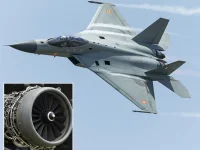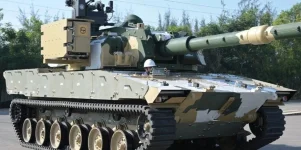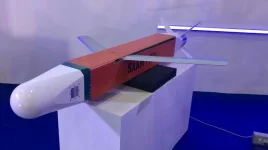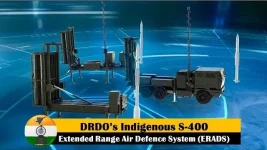- Views: 1K
- Replies: 6
The dominance of small aerial drones in modern warfare, as highlighted by the Ukraine conflict, might soon be challenged. DRDO officials assert that the current effectiveness of these "cobbled-together" drones is a temporary advantage, soon to be neutralized by rapidly evolving anti-drone technology.
While acknowledging that current limitations in anti-drone tech have allowed these drones some freedom, DRDO officials highlight the fleeting nature of this window. Russia's Electronic Warfare (EW) and jamming systems have reportedly neutralized nearly 75% of such drones in Ukraine, demonstrating the increasing potency of counter-drone measures.
DRDO officials predict a future battlefield where drones will have significantly less airspace to operate, thanks to maturing anti-drone technology. Advancements are happening swiftly and encompass various solutions:
- Short-Range Solutions: The wider deployment of existing anti-drone guns and jammers will effectively neutralize drones within a limited range.
- Long-Range Protections: DRDO is actively developing “anti-drone domes” capable of protecting far beyond the current 15-20km range. These domes are projected to have a coverage of 150-200km, significantly restricting drone operation over vast areas.
In conclusion, the dominance of small drones on the battlefield may be short-lived. The rapid development of anti-drone technology is poised to significantly alter the aerial landscape of warfare, potentially rendering many current drone tactics ineffective. This ongoing technological arms race underscores the ever-evolving nature of modern warfare and the need for constant innovation to maintain strategic advantage.





